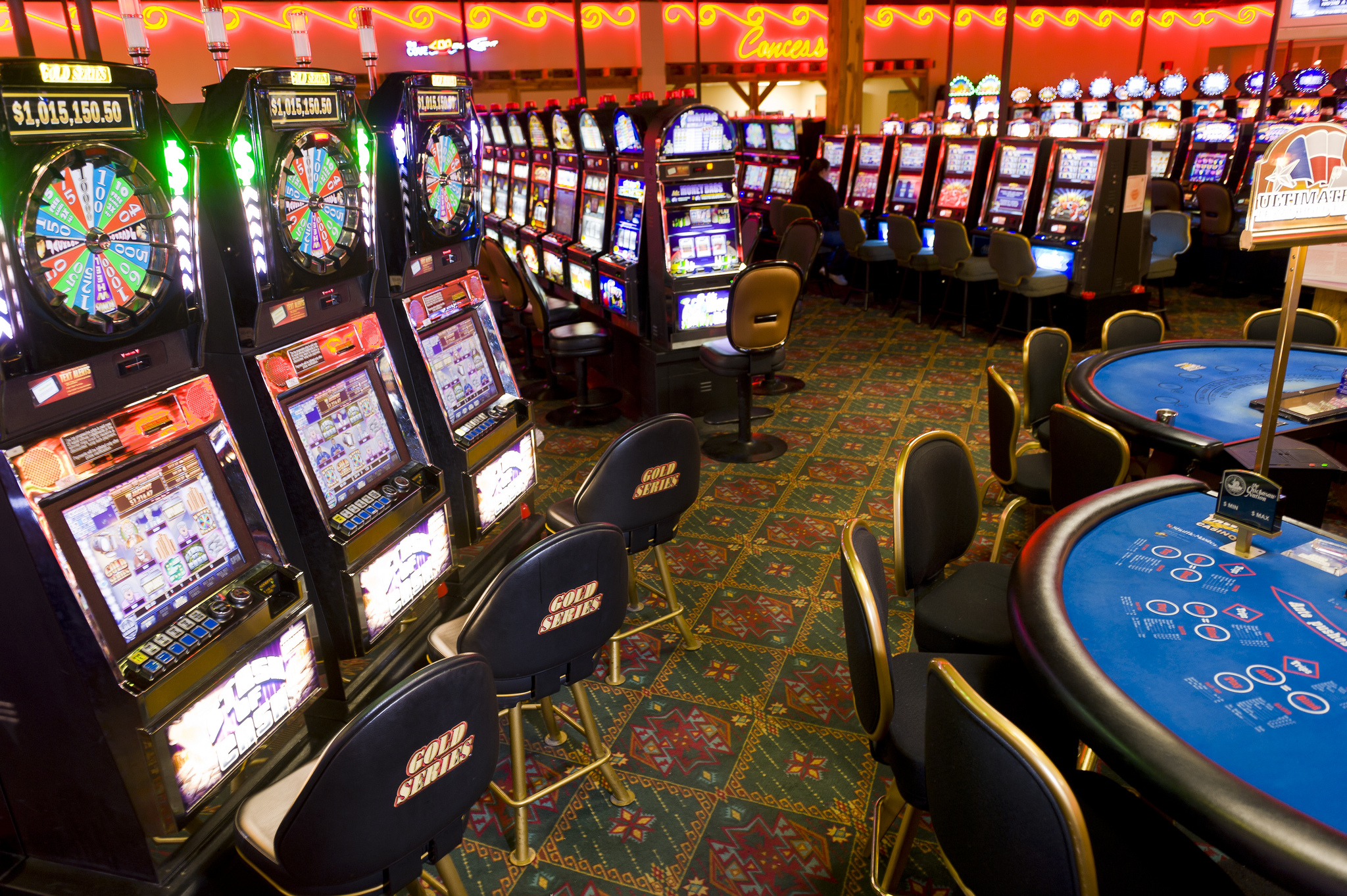In the shadows of these shimmering illuminations and the enticing sounds of spinning wheels lies a vibrant world where creativity meets numbers: the creation of games of chance. While players flock to gaming establishments seeking thrills plus the possibility of striking it rich big, a huge amount of work takes place behind closed doors to create these games for their enjoyment. From the starting concept to the final product that players engage with, many elements come together to ensure an captivating play experience.
Designers, engineers, and game creators collaborate to combine innovative technology with enthralling gameplay features. Every aspect, from visuals plus sound effects to probabilities plus returns, is meticulously crafted to draw in players plus keep them entertained. Understanding this complex process of how casino games are made reveals not only the technical skills required but also the creative vision that transforms these engaging experiences to life.
Casino Game Development Workflow
The game process starts with brainstorming and conceptualization, where creators generate ideas for innovative casino games. This first phase typically includes identifying target audiences and understanding market trends. Designers take into account elements such as game mechanics, themes, and payout structures to create an immersive experience. Teamwork between game designers, mathematicians, and artists is essential to guarantee a well-rounded concept.
Once a concept is selected, the next stage involves prototyping and testing. Designers create a working version of the game to assess its playability and mechanics. This allows for adjustments and refinements based on feedback from testers. Iteration is key, as designers may navigate multiple rounds of evaluations to optimize gameplay balance and user experience. This phase is crucial for spotting any possible issues before the game goes into production.
After testing, the game moves into development and production. This comprises the technical aspects of coding the game software, integrating graphics, and ensuring compliance with gaming regulations. Quality assurance testing verifies that the game functions seamlessly across various platforms and devices. Once everything is polished, the game is prepared for launch, usually accompanied by promotional tactics to attract players and generate excitement around the latest casino game.
Technology and Development
The development of gambling games has evolved significantly with advancements in technology. Modern game design often includes premium graphics, captivating sound effects, and interactive animations that deliver a captivating experience for players. Game developers use complex software tools and coding languages to build these immersive gaming experiences. Additionally, the use of random number generators ensures equity and unpredictability in outcomes, which is important for maintaining player trust and compliance with gaming regulations.
In the past few years, the surge of online casinos has pushed the boundaries of game development even further. Developers are now able to build games that cater to a global audience, incorporating features such as live dealer options and virtual reality environments. This transition has encouraged creativity, leading to unique game mechanics and formats that enhance player engagement. Gaming on mobile devices has also become a significant focus, encouraging developers to optimize games for mobile phones and tablets, ensuring accessibility and convenience for players on the go.
Collaboration among creators, visual artists, and mathematicians is crucial in the development process. Each team brings their knowledge to ensure games are not only visually appealing but also mathematically sound and enjoyable. The integration of player feedback during beta testing allows developers to improve game features and functionalities, ultimately leading to a favorable launch. As technology continues to advance, the potential for new game concepts and experiences is unbounded, promising an exciting future for casino games.
Evaluating and Quality Control
Once a casino game has been created, it enters the critical phase of evaluation and quality assurance. This phase ensures that the game operates seamlessly and provides a balanced experience for users. Teams conduct extensive tests, including operational checks to ensure that all game features work as intended. Each component, from visuals to audio, is assessed to ensure quality benchmarks are met. http://8ok.fun/

In addition to functionality testing, the game experiences thorough compliance checks to meet regulatory requirements. Different jurisdictions have specific regulations governing game fairness and player protection. Quality assurance teams will confirm that the random number generators are functioning correctly and that the game’s payout percentages match with industry standards. This meticulous examination helps establish trust with players and oversight bodies alike.
Finally, pre-launch testing may be conducted with actual users to collect opinions on user experience. This critical insight allows developers to make necessary adjustments before the official launch. Resolving any likely issues noted during this phase helps ensure that users will enjoy a fluent, engaging experience when the game goes live. The commitment to quality reflects the industry’s dedication to delivering pleasant and dependable casino games.